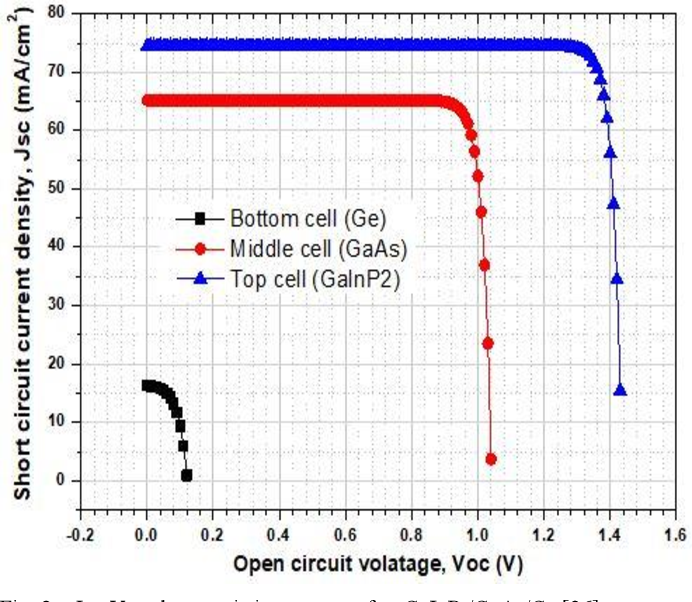

Using Si as the bottom cell keeps the cost low as Si solar cells have reached a state of development in which they can be produced at a low price. Achieving this is important as there is a growing demand on high-efficiency non-concentrating terrestrial PV systems.Ī very promising configuration is the GaAs on Si dual-junction solar cell. It is believed that silicon based multijunction solar cells are a promising way to surpass the efficiency milestone of 30% for non-concentrating solar cells, while keeping the cost low by avoiding the use of expensive Ge or GaAs substrates. This interest is motivated by the intrinsic efficiency limits of around 30% of single-junction solar cells combined with a plateauing of the record efficiencies of GaAs and Si solar cells at levels close to this limit. Recently, there is a revived interest in silicon based multijunction solar cell concepts within the photovoltaic research community. The study shows that despite non-optimal bandgap combination, GaAs/Si tandem solar cells have the potential to surpass 30% energy conversion efficiency. Apart from current mismatch, we find that a significant power loss can be attributed to low irradiance seen by the sub-cells. Furthermore, we quantify the main losses that occur for this type of solar cell under varying spectra.

We find that the yield of a 4-terminal contact scheme with thick top cell is more than 15% higher than for a 2-terminal scheme. A theoretical study on the energy yield of GaAs on Si (GaAs/Si) tandem solar cells is performed to assess their energy yield potential under realistic illumination conditions with varying spectrum. Si based tandem solar cells represent an alternative to traditional compound III-V multijunction cells as a promising way to achieve high efficiencies.

#PC1D SIMULATION EXAMPLE SERIES#
Impact of Both Series and Shunt Resistance.Applying the Basic Equations to a PN Junction.Solar Radiation Outside the Earth's Atmosphere.Two device modelling programs used commonly within the photovoltaic community: PC1D for one-dimensional modelling and DESSIS for two dimensional modelling The basic operation of a modelling program consists of setting up the model with user defined parameters, a generation of nodes to solve, then iterating to produce a solution that is consistent with all the nodes. Most of these packages have fairly similar basic module and it comes down to how fast they are, how easy they are to use and how many effects they model.

Even for packages specifically designed for simulating solar cells there exist a wide range of solvers both in house and commercially available for simulating solar cell operation. However most of these packages either don't consider light generation or only partially include light generation effects. There are an enormous number of packages for modelling semiconductor devices. the solar cell modelling program on page XXX accurately models solar cell operation but only for a limited number cases as noted on the page.Ĭomputer speeds have increased (and memory for 2D cases) so it is now easier to write a general solver that applies to most cases. In the past, it was common to re-write the equations slightly to simplify the solution to solve specific cases, however, such methods are time consuming. While the analytical equations are easier to solve by hand and give great insight into cell operation, they become difficult to solve as more factors of cell operation are included. The equations that describe solar cell can be solved analytically or numerically.


 0 kommentar(er)
0 kommentar(er)
